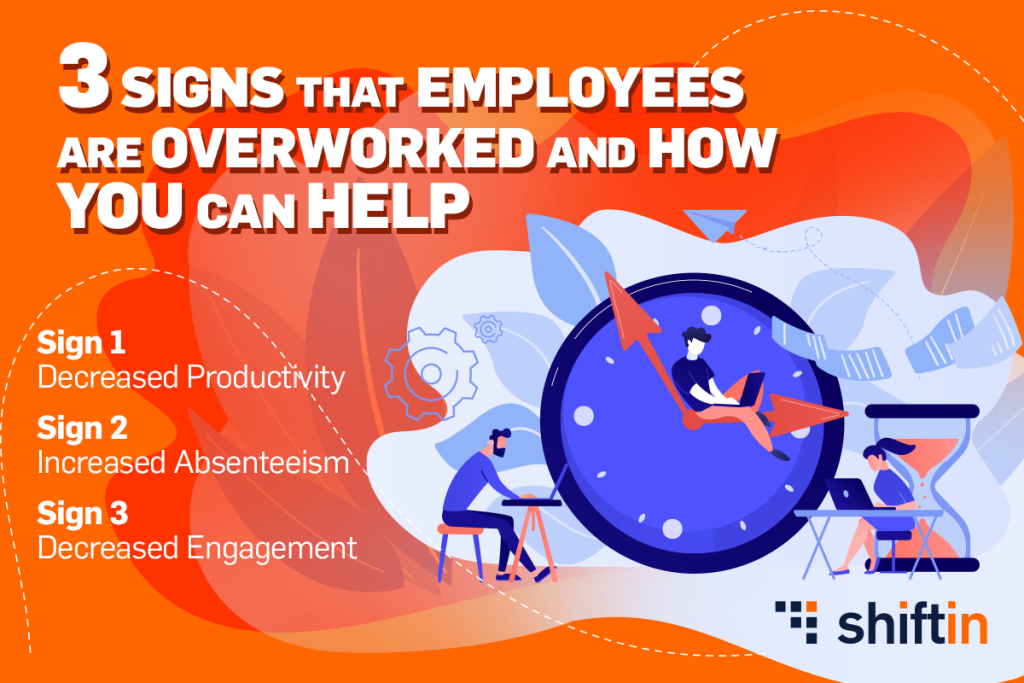In today’s professional environment, professional burnout and overwork are increasingly prevalent issues, affecting both employees and organizations. However, recognizing the signs of these problems and taking appropriate measures can make a significant difference. In this article, we will explore three signs that employees are overworked and how you can help. We will also discuss how human capital management can prevent professional burnout and overwork.
Sign 1: Decreased Productivity
One of the initial signs of professional overwork is a decrease in employees’ productivity. Fatigued and overworked employees struggle to maintain their usual performance levels. This decline in productivity can have a negative impact on the organization, leading to financial losses and employee frustration.
Set Clear Overtime Policies
To control overtime effectively, you must establish and communicate clear overtime policies. These policies should include guidelines for when overtime is allowed, the process for requesting overtime, and the approval workflow. By setting expectations, you can reduce unauthorized overtime and ensure employees are aware of the consequences of violating the policy.
Sign 2: Increased Absenteeism
Professional burnout and overwork can lead to an increase in absenteeism rates. Overwhelmed by stress and exhaustion, employees may choose to take time off from work. This situation can place additional pressure on their colleagues and affect the team’s schedule and overall productivity.
Sign 3: Decreased Engagement
Professional overwork can cause employees to emotionally disengage from their work. They become less committed and involved in organizational activities. This can affect relationships with clients, the quality of services, and the overall work environment.

How You Can Help
Promote Work-Life Balance:
Encourage employees to manage their time better and take regular breaks to relax.
Open Communication:
Create an environment where employees feel comfortable expressing their concerns. Ensure that managers and HR are available to listen and provide support.
Training and Development:
Provide employees with access to professional development programs to enhance their skills and confidence.
Implement Software Solutions:
Use platforms like Shiftin to efficiently monitor and manage employee tasks, avoiding overwork and burnout.
Promote a Healthy Work Environment:
Organize team-building activities, promote workplace wellness, and offer mental health support services.
Flexibility:
Offer flexible work options and the possibility to work from home when needed.
Rewards and Recognition:
Recognize employees’ efforts through rewards and appreciation to motivate and improve their well-being.
Counseling and Support:
Provide resources and assistance to help employees cope with stress and professional burnout.
Continuous Monitoring and Evaluation:
Track employees’ progress in terms of well-being and performance improvements.
Conclusion
By actively addressing the signs of professional burnout and overwork and implementing the right measures, organizations can promote a healthy work environment where employees can reach their full potential and contribute to the company’s success. For more information on how to prevent professional burnout, visit our resource article here.
In conclusion, professional burnout and overwork are significant issues in today’s workplace. Recognizing the signs of these problems and providing adequate support to employees are essential for promoting well-being and organizational success. With the right approach, employees can reach their full potential, and organizations can thrive.





